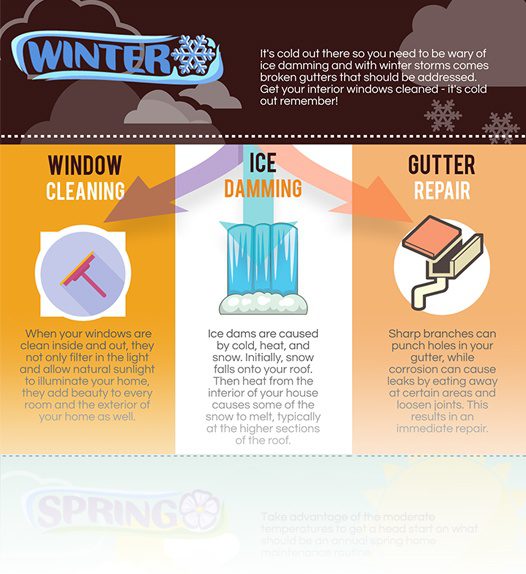Superior Pressure Cleaning Approaches For All Surface Area Enters
Superior Pressure Cleaning Approaches For All Surface Area Enters
Blog Article
Authored By-Stone Keating
When it concerns push washing, the technique you pick can make all the distinction in accomplishing a tidy, streak-free coating. You could discover that hard surfaces, like concrete, require a various technique than softer products, such as wood or plastic. It's necessary to adjust your techniques to the surface type to stop damages while maximizing cleaning efficiency. So, what are the most effective methods for each surface, and exactly how can you ensure you're making use of the ideal settings and devices for the task? Allow's discover what you require to know to obtain the most effective outcomes.
Difficult Surfaces
When it concerns pressure cleaning difficult surface areas, preparation is essential. Before you even consider pulling out the stress washer, take the time to clear the area of any type of debris, furnishings, or challenges. You do not want anything entering your way or possibly destructive your tools.
Next, check the surface area for any kind of fractures or damage; this will certainly assist you determine the appropriate approach and pressure settings.
Once you have actually prepared the location, it's vital to pick the ideal nozzle. For tough surfaces like concrete or brick, a narrow nozzle (15 or 25 degrees) functions best to supply a focused stream of water that can effectively eliminate gunk and stains. Always start at a distance and progressively relocate more detailed to prevent any type of surface area damages.
As you begin cleaning, keep the wand relocating to avoid streaks and over-saturation. It's also handy to work from the top down, allowing dust and particles to wash away naturally.
Finally, remember to wash the surface area thoroughly after cleaning to remove any type of leftover detergent. With these methods, you'll achieve a tidy and renewed appearance on all your difficult surfaces.
Soft Surfaces
Stress cleaning soft surfaces calls for a gentler strategy to shield them from damages. Whether you're cleansing your deck, outdoor patio furniture, or home siding, using way too much stress can bring about dents, scratches, and even irreversible harm.
Start by choosing a low-pressure nozzle, ideally a 25-degree or bigger spray pattern, to spread the water extra gently.
Before you start, it's critical to pre-treat any type of stains with a suitable cleaning solution. This action enables the cleaner to penetrate the dirt and crud, making it easier to get rid of without rubbing also hard.
Always use the service from the bottom up to protect against streaking.
When you start pressure cleaning, preserve a range of at the very least 12 to 18 inches from the surface area. Relocate your stick in a sweeping motion, maintaining it alongside the surface area to stay clear of focused stress on one place.
Rinse the area thoroughly after cleansing to remove any type of recurring cleanser.
Last but not least, check the surface area for any kind of missed out on areas and repeat the procedure if required. By complying with these actions, you can effectively tidy soft surface areas while preserving their honesty and look.
Specialty Surfaces
Cleaning soft surfaces calls for treatment, but specialty surface areas require much more focus to information. When outdoor window cleaning kit deal with these surface areas, like fragile timber, tarnished concrete, or certain types of home siding, using the appropriate stress cleaning methods is important to stay clear of damages.
Initially, examine the material. As an example, treated wood can frequently hold up against moderate stress, however softer timbers like cedar might require a reduced setting. Constantly start with the lowest stress and gradually increase if needed.
For discolored concrete, utilize a follower spray nozzle and preserve a consistent distance to prevent engraving the surface area.
When handling surface areas like plastic house siding or painted surfaces, a vast spray pattern helps distribute the pressure evenly, protecting the finish.
It's also wise to utilize detergents especially developed for specialized surfaces. They can enhance cleaning without compromising the material.
window of happiness denver after cleaning to eliminate any kind of deposit, as it can lead to discoloration or deterioration in time.
Final thought
Finally, understanding pressure washing strategies for various surfaces can make all the difference in your cleansing results. For tough surface areas, stick to slim nozzles and a top-to-bottom strategy, while soft surface areas require a gentler touch with wider nozzles. Do not neglect to pre-treat spots and wash thoroughly to prevent residue. By adjusting your techniques to each material, you'll not just accomplish a cleaner finish but also safeguard the stability of your surfaces. Satisfied cleansing!
